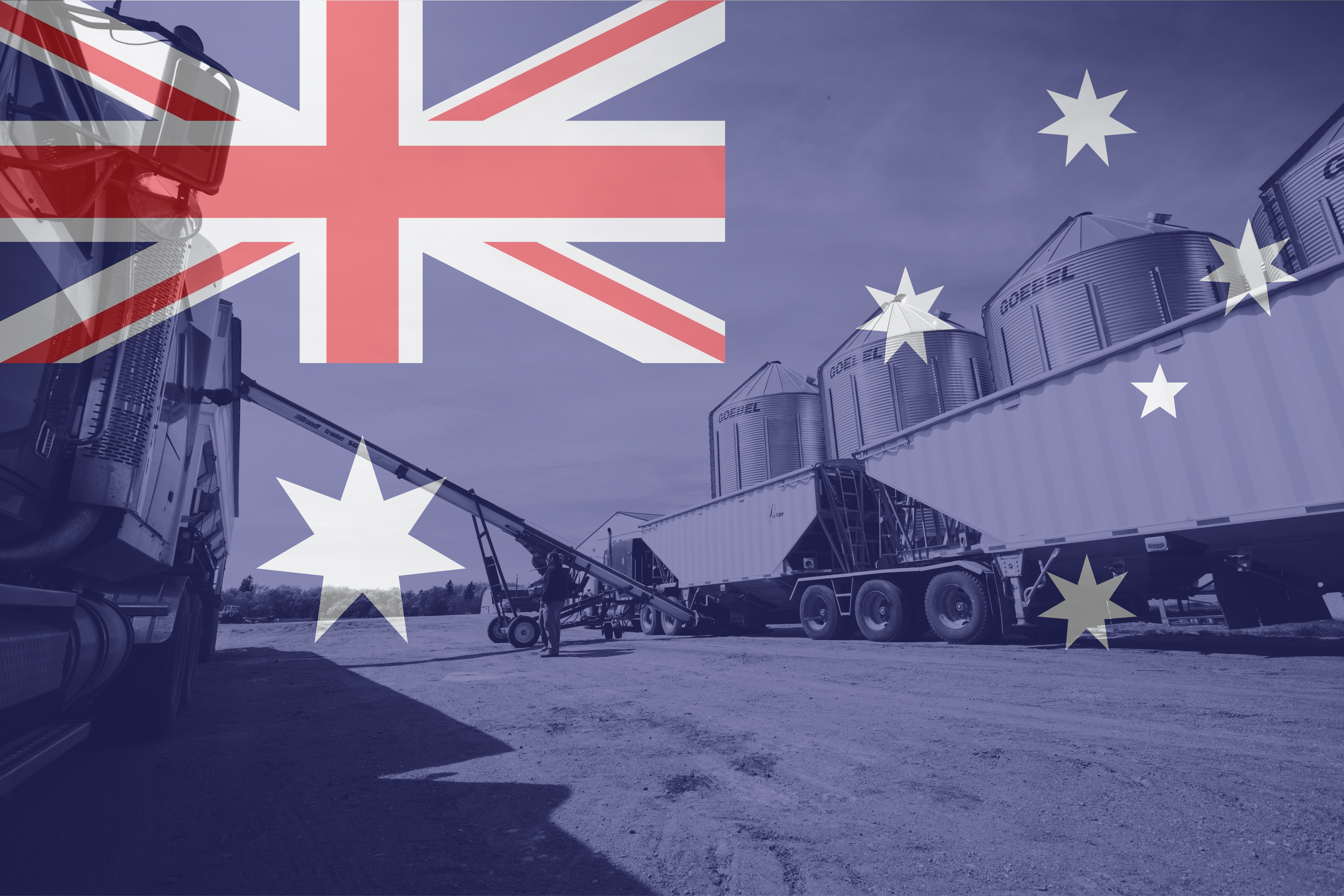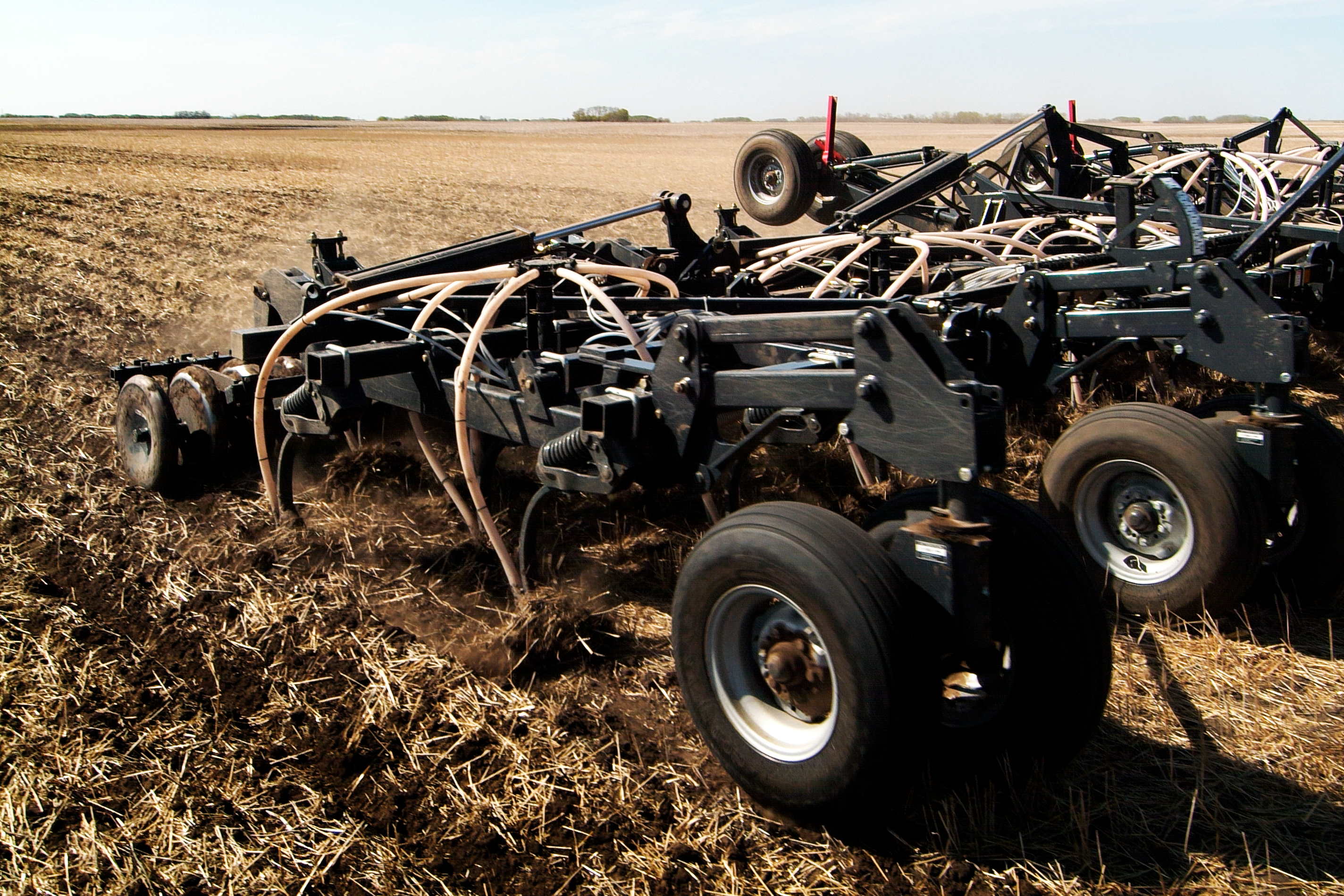By Peter Semmler, Australian Global Brokerage
December 2021
At the end of October, everyone in the Australian grain and pulse industry was bracing for what many predicted would be the best winter crop harvest ever, particularly in New South Wales (NSW) and Western Australia. However, in November the rain started in some areas across Australia. One hundred year November rain records were broken across NSW and rain has impacted various pulse crops in different states as discussed below. The Bureau of Meteorology has declared a La Niña pattern.
Desi Chickpeas
Exports for the 2020/21 year were just under 900,000 tonnes with Bangladesh and Pakistan accounting for just under 80% followed by United Arab Emirates (UAE) and Nepal. The desi market is relatively quiet at the moment with $660 USD cost and freight (CFR) Birgunj. Demand is expected to pick up sharply for January and February shipment to meet the traditional Ramadan demand, especially for Bangladesh.
We are forecasting production of around 950,000 tonnes this year. Harvest is completed in Central Queensland with an estimated 200,000 tonnes in storage. Harvest progressed well in Southern Queensland and Northern NSW until interrupted by rain. Harvesting in most of Central and Southern NSW has ground to a halt with the main concern now being flooding.
The complete unknown with be the quality of the desi crop with mouldy grain being a major concern. Buyers seem to be able to cope with this defect at a discount.
Lentils
Exports for the 2020/21 year were an all-time record of 864,000 tonnes. The top three importing countries Bangladesh, Sri Lanka, and India accounted for a touch over 70% of the exports. We are forecasting production of around 900,000 tonnes for this year, which is similar to last year. Harvesting has progressed well on York Peninsula, the largest production area in South Australia, where an estimated 150,000 tonnes has already been harvested. Yields have been good, over 2 tonnes per hectare (t/ha) or 29.7 bushels per acre (bu/ac), but there may be some frost damage. In other growing areas, harvesting has been delayed by rain. In Victoria, harvesting was well under way in the Mallee, with good yields over 2 million t/ha or 29.7 million bu/ac, until rain caused some delays. Crops in the Wimmera are looking good although some quality issues due to frost may become obvious when harvesting starts in around two weeks.
In South Australia, exporting in containers has been frustrated by lack of equipment, space, and horrendous freight rates. Exporters have transitioned to bulk shipment as a result, which is giving an unexpected premium to farmers as traders bid for tonnage to complete same. Farmers have also embraced bulk ships with larger quantities of lentils being delivered to local export terminals.
The nominal price bid for red lentils delivered to packer is around $690 USD per tonne, but this could spike up in the above circumstances. Certainly, the lower production and higher priced Canadian red lentils is very supportive for the Australian crop.
Faba Beans
Exports for the 2020/21 year were another all-time record at 568,000 tonnes, with Egypt accounting for just under 75%. The lower average price during the year was a significant factor for the increased exports to this country. Considering several bulk ships of faba beans sailed in October and November together with a significant off take from the Stockfeed manufacturers would indicate the production of faba beans last year was around 800,000 tonnes. This is also our forecast production for this year.
Harvesting in Northern NSW was estimated at 80% completed prior to rain interruption with excellent quality and yields around 4 t/ha or 59.5 bu/ac. Very poor availability of containers and shipping space, and no bulk options, have minimised exports from this state. Faba beans have been harvested in the Mallee with average yields and quality. Faba bean crops in the main growing areas being the South East of South Australia, the Southern Wimmera, and Western Districts of Victoria are looking very good but are still green and will be at least another two to three weeks before harvest starts in earnest.
Prices for faba beans have increased around $65 USD per tonne over the last month with the recent trades reported at $600 USD CFR Damietta. Once some of the bulk ships on the stem for December and January arrive in Egypt, the price may start to soften. Importers reckon that receiving in bulk saves around $22 USD per ton.
Field Peas
Interesting to note the uptick in export of peas in 2020/21 compared to 2019/20 which in part comes from increased shipments to China.
To conclude, there will still be a good pulse harvest in Australia but the jury will be out on quality until completion.
Peter Semmler is the Principal of Australian Global Brokerage. He can be reached at peter@agrisemm.com.
December 2021 Australia Pulse Market Update
| Estimated planted area, June 2021 (hectares) | Desi Chickpeas | Faba Beans | Dun Field Peas | Red & Green Lentils |
| New South Wales | 238,000 | 59,000 | 40,000 | 2,000 |
| Victoria | 37,000 | 92,000 | 74,000 | 161,000 |
| Queensland | 275,000 | 8,000 | ||
| South Australia | 11,000 | 78,000 | 86,000 | 123,000 |
| Western Australia | 4,000 | 8,000 | 8,000 | 18,000 |
| Pulse Australia Estimated Planted Area, June 2021 | 562,000 | 245,000 | 238,000 | 304,000 |
| Pulse Australia Estimated Production (tonnes), October 2021 | 870,000 | 420,000 | 320,000 | 710,000 |
| ABARES September 2021 Planted Area Estimate | 633,000 | 239,000 | 197,000 | 390,000 |
| ABARES September 2021 Production Estimate | 844,000 | 442,000 | 250,000 | 639,000 |
| Agrisemm Total Area Estimate (hectares), June 2021 | 500,000 | 270,000 | 241,000 | 297,000 |
| Agrisemm Estimated Production (tonnes), November 2021 | 950,000 | 800,000 | 315,000 | 900,000 |
| Export Data (tonnes) | ||||
| November 2015 to September 2016 | 1,145,140 | 263,349 | 129,831 | 193,151 |
| October 2016 to September 2017 | 2,269,864 | 414,692 | 253,035 | 858,954 |
| October 2017 to September 2018 | 821,235 | 295,263 | 130,464 | 507,958 |
| October 2018 to September 2019 | 334,296 | 283,125 | 79,415 | 361,072 |
| October 2019 to September 2020 | 357,904 | 325,352 | 52,488 | 697,960 |
| October 2020 to September 2021 | 876,155 | 568,606 | 120,309 | 864,403 |
Source: Bureau of Statistics, Pulse Australia


